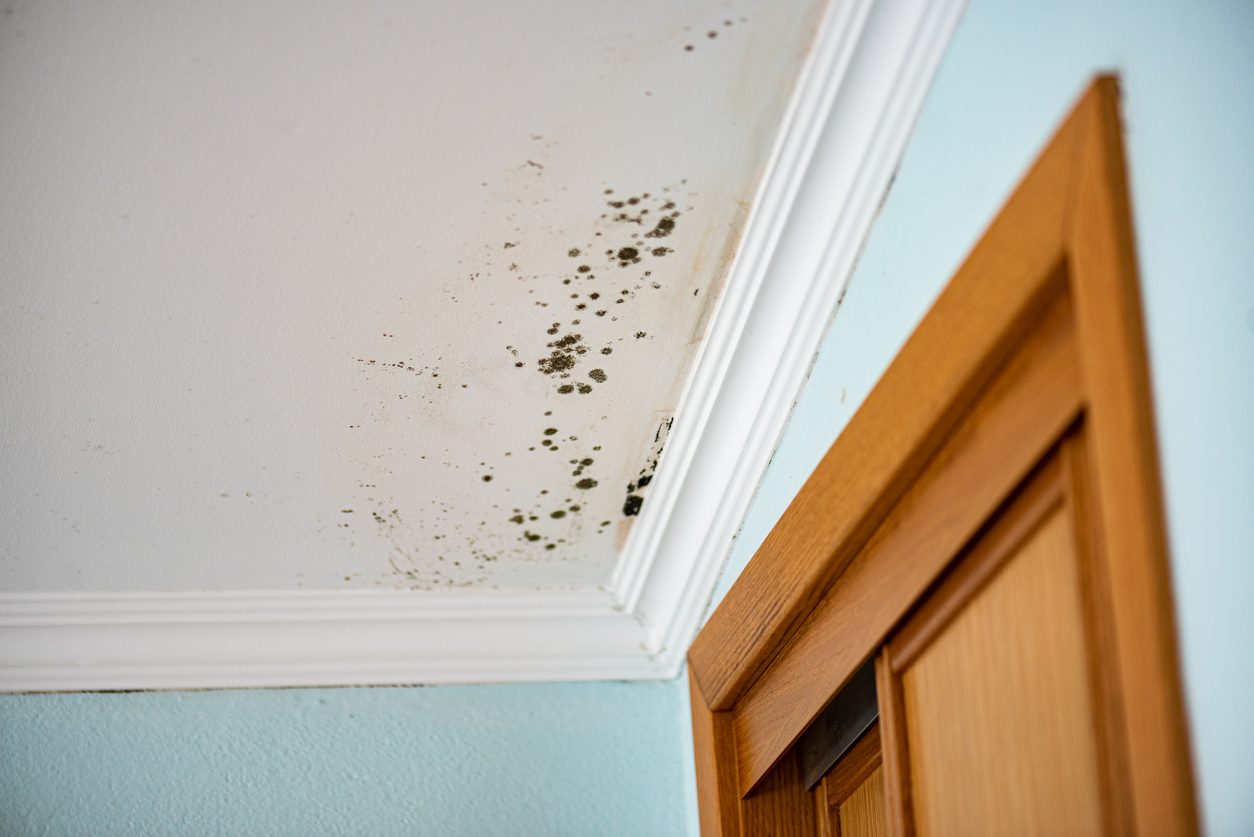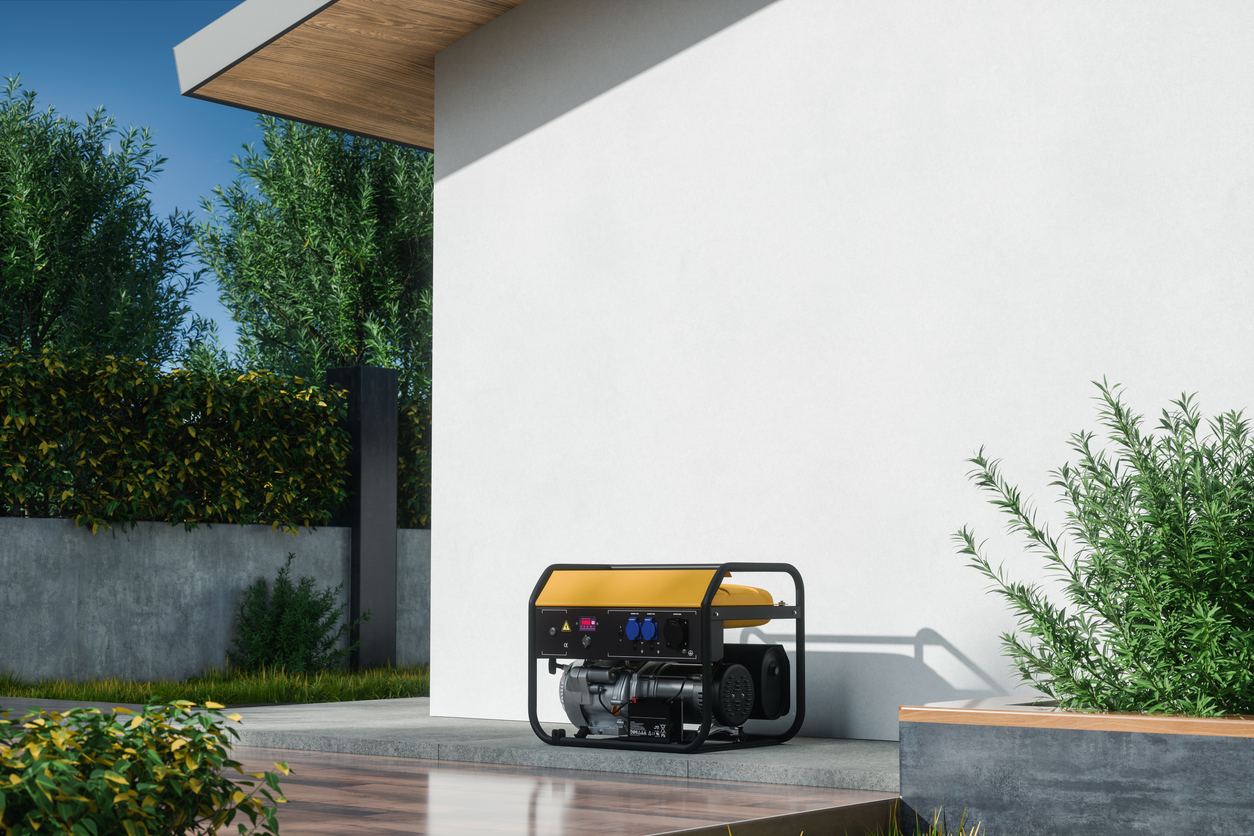Mold is a common household nuisance that can pose significant health risks and damage to property if left unchecked. Mold removal prevention is essential for maintaining a healthy indoor environment. You can find mold removal options with an online search.

What Causes Mold Growth?
Mold thrives in environments with moisture and organic material. Common causes of mold growth include:
Moisture: Excess moisture from leaks, flooding, or high humidity levels provides the ideal conditions for mold to grow.
Poor Ventilation: Inadequate ventilation in bathrooms, kitchens, and basements can trap moisture indoors, promoting mold growth.
Organic Material: Mold feeds on organic materials such as wood, paper, and fabric commonly found in homes.
Understanding these factors can help homeowners identify areas prone to mold growth and take proactive measures to prevent it.
The Dangers of Mold
Mold exposure can lead to a variety of health problems, particularly for individuals with allergies, asthma, or weakened immune systems. Common health effects of mold exposure include:
Respiratory Issues: Mold spores can trigger allergic reactions, asthma attacks, and respiratory infections.
Skin Irritation: Direct contact with mold or mold-infested surfaces can cause skin irritation and rashes.
Sinus Infections: Prolonged exposure to mold can increase the risk of sinus infections and other upper respiratory issues.
Additionally, mold can cause structural damage to buildings and belongings if not addressed promptly.
Mold Removal Techniques
Effective mold removal requires thorough cleaning and remediation to eliminate existing mold growth and prevent its return. Here are some proven mold removal techniques:
Identify the Source: Begin by identifying and addressing the underlying cause of mold growth, such as leaks or moisture buildup.
Protective Gear: Wear protective equipment, including gloves, goggles, and a respirator, to minimize exposure to mold spores.
Clean and Disinfect: Use a mixture of water and detergent to scrub mold-infested surfaces thoroughly. For tougher mold stains, consider using a commercial mold remover or a solution of bleach and water (1 part bleach to 10 parts water).
Dry Affected Areas: After cleaning, ensure that affected areas are thoroughly dried to prevent moisture buildup and discourage mold growth.
Dispose of Contaminated Materials: Properly dispose of any materials or belongings that cannot be effectively cleaned and disinfected.
It's important to note that extensive mold infestations may require professional remediation services to ensure thorough removal and prevent further spread.
Preventing Mold Growth
Prevention is key to avoiding the hassle and expense of mold removal. Implementing these preventive measures can help keep mold at bay:
Maintain Proper Ventilation: Use exhaust fans in bathrooms and kitchens to reduce moisture buildup. Ensure that ventilation systems are properly maintained and functioning.
Monitor Humidity Levels: Keep indoor humidity levels below 60% to discourage mold growth. Use dehumidifiers in damp areas if necessary.
Address Leaks Promptly: Repair any leaks in plumbing, roofs, or windows promptly to prevent water damage and mold growth.
Clean Regularly: Regular cleaning and maintenance can help prevent mold growth by removing dust, dirt, and other organic materials that mold feeds on.
Inspect for Mold: Routinely inspect areas prone to mold growth, such as bathrooms, basements, and crawl spaces, and address any signs of mold promptly.
By implementing these preventive measures, homeowners can reduce the risk of mold growth and maintain a healthy indoor environment for themselves and their families.
Conclusion
Mold removal and prevention require a proactive approach to address the underlying causes of mold growth and eliminate existing infestations. By understanding the causes of mold, the dangers it poses, and effective removal and prevention techniques, homeowners can safeguard their homes and families from the harmful effects of mold. Remember, when it comes to mold, prevention is always better than cure.


